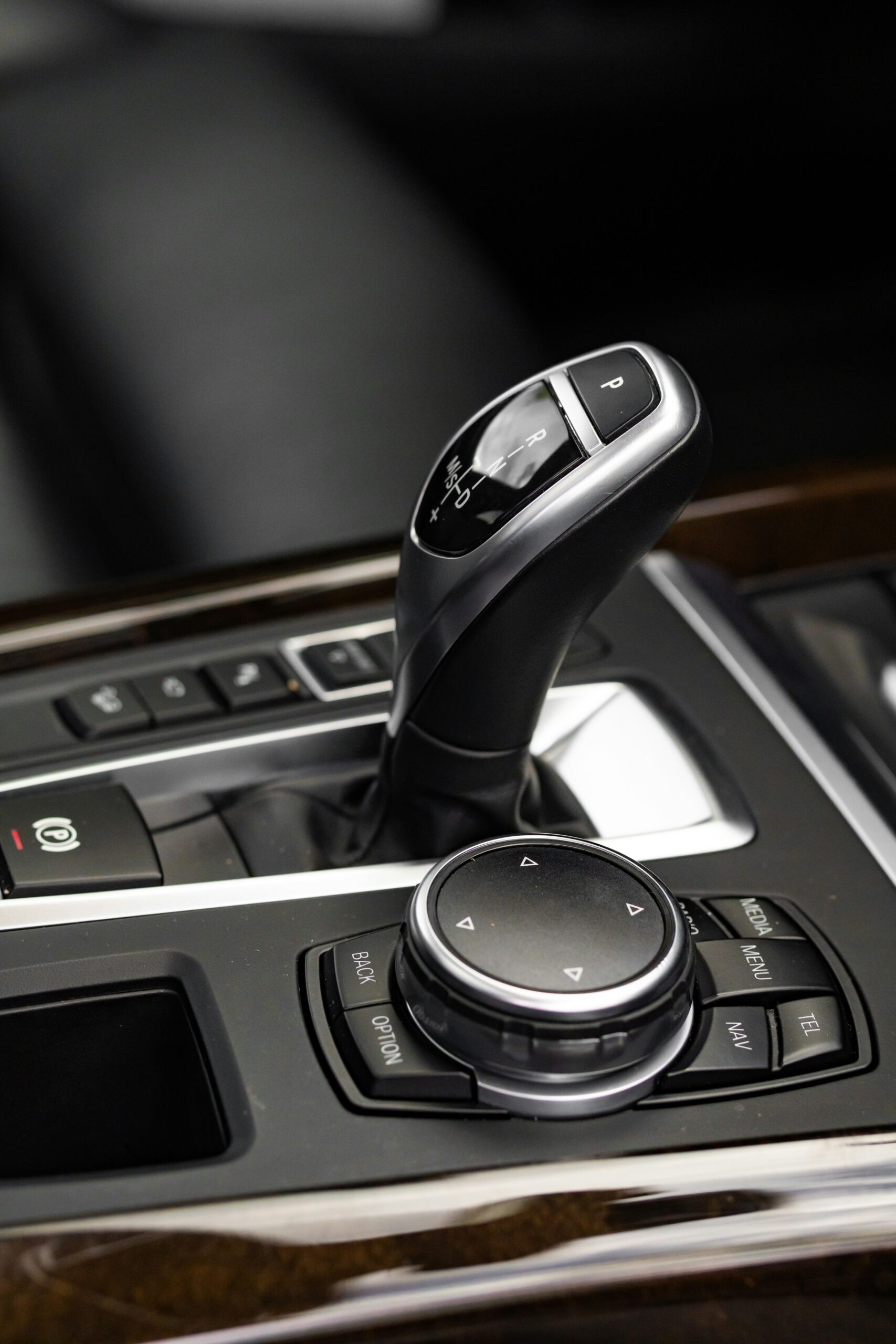In a bold move that redefines automotive innovation, Japan has recently unveiled a groundbreaking development in transmission technology: the Electronic Continuously Variable Transmission (eCVT). This new mechanism stands to revolutionize the way vehicles manage power, merging efficiency with performance in ways previously unimagined. As the world keenly watches, Japan positions itself at the forefront of automotive engineering, promising to deliver a future where vehicles operate more smoothly, efficiently, and intelligently. This article delves into the intricacies of Electronic CVT, exploring its development, operation, and potential impact on the global auto industry.
Japan’s Latest Innovation: Electronic CVT Unveiled
Japan has long been a pioneer in automotive technology, and its latest innovation, the Electronic Continuously Variable Transmission (eCVT), only solidifies this reputation. Unlike traditional transmissions that utilize fixed gears, the eCVT employs a highly sophisticated electronic system to seamlessly adjust ratios, ensuring optimal performance at any speed. This innovation was developed through a collaboration of Japan’s leading automotive engineers and technology companies, who have worked tirelessly to create a transmission system that could potentially set new benchmarks for efficiency and performance in the automotive industry.
Revolutionizing Gearboxes: The Electronic CVT Era
The era of Electronic CVT represents a significant leap forward from traditional automatic and manual transmissions. By replacing mechanical components with electronic systems, the eCVT offers unparalleled precision in controlling vehicle power and speed. This eliminates the inefficiencies associated with gear shifts, providing a smoother driving experience. Moreover, the adaptability of eCVT technology means it can be easily integrated into a wide range of vehicles, from compact cars to larger SUVs, making it a versatile solution for the automotive sector.
Bridging the Future: How Electronic CVT Works
Understanding how Electronic CVT works provides insight into why it’s considered a game-changing technology. At its core, the system utilizes a belt-driven design, but unlike traditional CVTs, it incorporates advanced electronics that precisely control the belt’s position. Sensors continuously monitor various parameters such as vehicle speed, engine load, and driver input. This data is then processed by a sophisticated algorithm that adjusts the transmission ratio in real-time, ensuring optimal engine performance and efficiency. The result is a seamless and responsive driving experience that adapts to any driving condition.
Redefining Efficiency: Benefits of Electronic CVT
The benefits of Electronic CVT extend beyond just a smoother ride. One of the most significant advantages is improved fuel efficiency. By maintaining the engine in its optimal power range, the eCVT reduces wasted energy, leading to notable reductions in fuel consumption and emissions. Additionally, the reduced mechanical complexity of the system means there are fewer parts that can wear out, lowering maintenance costs and extending the vehicle’s lifespan. These factors make eCVT an environmentally and economically beneficial choice for the future of transportation.
The Game Changer: Japan’s Electronic CVT Technology
Japan’s Electronic CVT technology is a game changer for several reasons. Firstly, it demonstrates how advanced electronics can enhance mechanical systems, opening up new possibilities for automotive design and functionality. Secondly, it showcases Japan’s commitment to sustainable and efficient transportation solutions, aligning with global efforts to reduce carbon emissions. Finally, by pioneering this technology, Japan sets a new standard for automotive transmissions, challenging other manufacturers and countries to innovate and improve their own systems.
From Concept to Reality: The Development of Electronic CVT
The journey from concept to reality for Japan’s Electronic CVT technology was neither swift nor easy. It required years of research, experimentation, and collaboration between engineers, designers, and technologists. Prototypes underwent exhaustive testing to ensure reliability, efficiency, and performance. Feedback from these tests was crucial in refining the technology, addressing challenges such as ensuring durability under various driving conditions and reducing production costs. Today, as eCVT moves from the testing phase towards mass production, its development story stands as a testament to Japan’s dedication to innovation and excellence in automotive technology.
Japan’s unveiling of the Electronic CVT technology marks a pivotal moment in automotive history, potentially heralding a new era of vehicle performance and efficiency. As this technology makes its way into vehicles around the world, it promises not only to enhance the driving experience but also to contribute significantly to environmental sustainability. With Japan leading the charge, the future of automotive transmissions looks more promising than ever, setting new standards and expectations for the global industry. As we watch this technology evolve from concept to reality, one thing is clear: the journey of Electronic CVT development is just beginning, with its full potential yet to be realized in the years to come.








